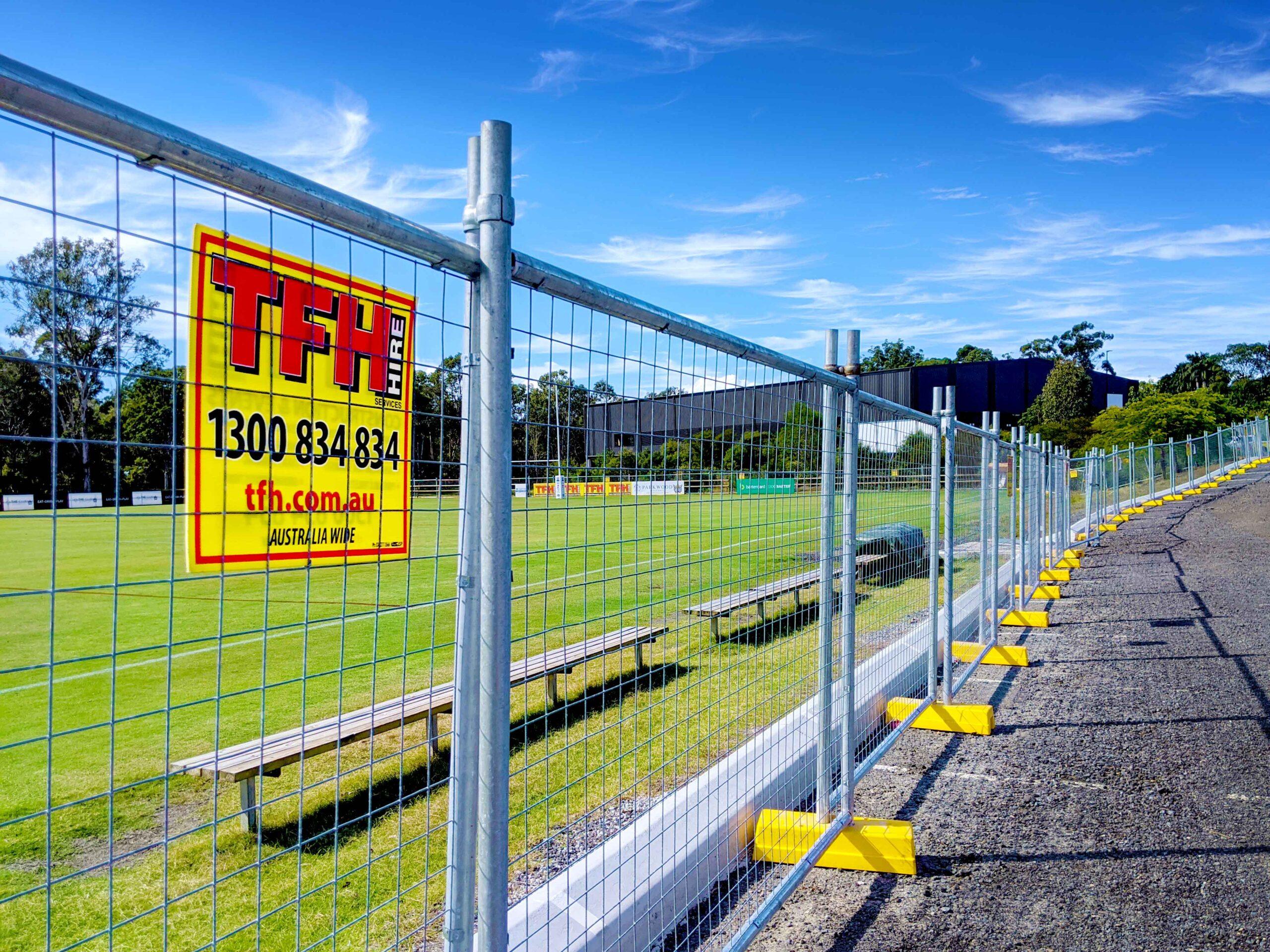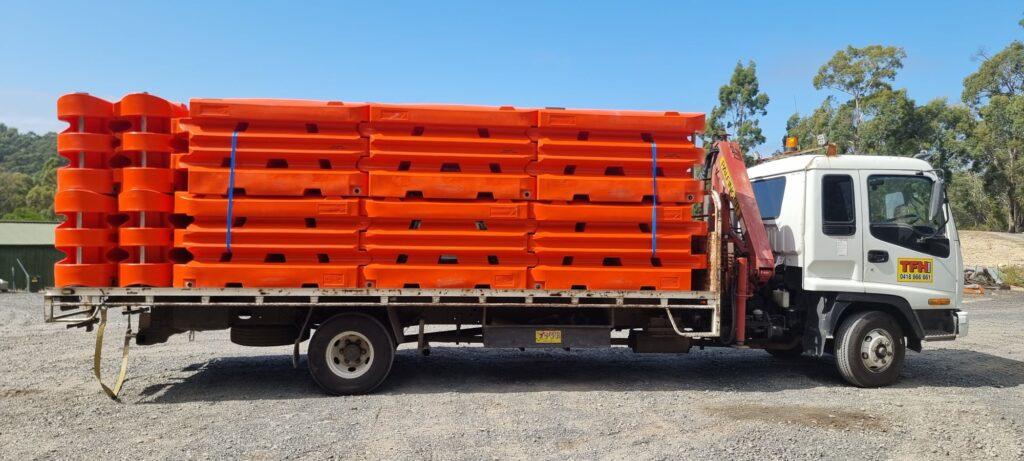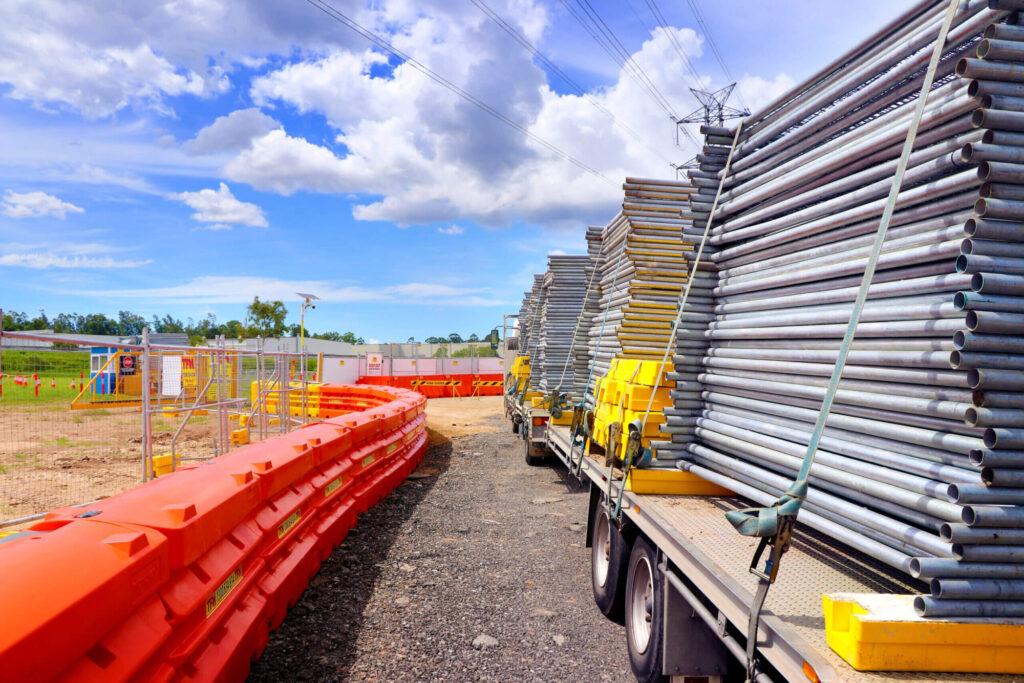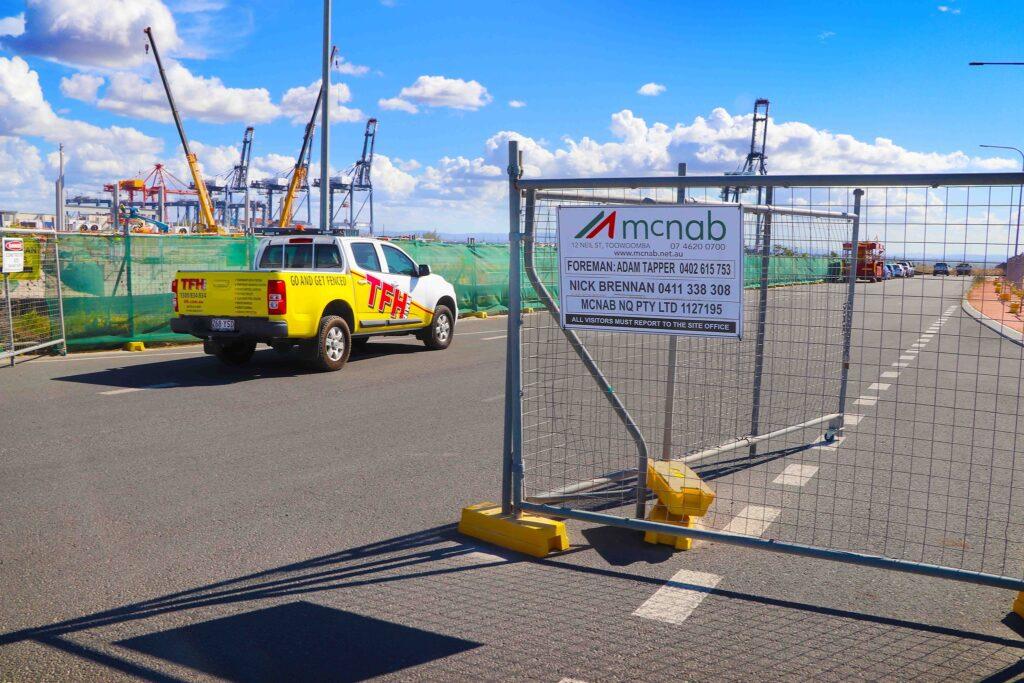How Temporary Fencing Ensures Safety at Construction Sites

Construction sites are inherently dynamic and complex environments, teeming with a myriad of activities and potential hazards. Ensuring the safety of workers and the public is a critical concern in such settings. A key strategy in achieving this is the implementation of temporary fencing. This blog post delves into the pivotal role of temporary fencing in enhancing safety at construction sites, examining its multifaceted applications and benefits.
The Indispensable Role of Temporary Fencing in Construction Safety
Temporary fencing is more than just a boundary marker; it is an essential safety tool at construction sites. It serves as a robust physical barrier, effectively delineating the construction zone from public areas. This demarcation is crucial for several reasons:
- Preventing Unauthorised Access: Temporary fencing acts as a formidable deterrent against trespassers and unauthorised personnel. This is vital for mitigating risks associated with untrained individuals entering hazardous areas, thereby safeguarding both the intruders and the construction workers from potential harm.
- Protecting the Public: By clearly marking the construction area, temporary fencing minimises the likelihood of accidental incursions by the public, thereby reducing the risk of injury from construction activities.
- Asset Protection: Construction sites are often home to valuable machinery and materials. Temporary fencing helps in securing these assets from theft or vandalism, particularly during non-working hours.

Enhancing Site Safety and Compliance through Temporary Fencing
Temporary fencing is instrumental in implementing and reinforcing safety measures on construction sites. It aids in:
- Hazard Mitigation: By cordoning off hazardous areas, such as excavation sites or areas with heavy machinery operation, temporary fencing reduces the risk of accidents.
- Regulatory Compliance: Adhering to safety regulations and guidelines is a legal requirement. Temporary fencing helps construction sites comply with these standards, ensuring a safe working environment.
Diverse Options to Suit Every Construction Need
The versatility of temporary fencing is evident in its various forms, each designed to meet specific site requirements:
- Mesh Fencing: Popular for its durability and visibility, mesh fencing is a common choice. It provides a secure barrier while allowing for some level of transparency, which is important for site visibility and surveillance.
- Customisable Features: Temporary fencing can be tailored to specific site needs. Features like additional bracing for windy areas or customised gates for controlled access points enhance its functionality.
Beyond Fencing: Adding Value with Banner Mesh and Shade Cloth
Temporary fencing can be augmented with banner mesh or shade cloth for added benefits:
- Visual Barrier and Privacy: Banner mesh attached to fencing obscures construction activities from public view, reducing distractions and enhancing privacy.
- Communication Tool: Banner mesh can be utilised for displaying safety messages, site information, or branding, turning the fencing into a multi-purpose tool.
- Environmental Control: Shade cloth can help in dust and debris containment, contributing to environmental protection and site cleanliness.

Risk Assessment and Compliance: A Proactive Approach
Ensuring the effectiveness of temporary fencing involves a proactive approach:
- Site-Specific Risk Assessment: Each construction site presents unique challenges. Conducting a thorough risk assessment helps in identifying specific risks and tailoring the fencing solution accordingly.
- Regulatory Adherence: Compliance with Australian standards and safety regulations is non-negotiable. Proper installation and maintenance of temporary fencing are crucial for legal compliance and overall safety.
Conclusion
In conclusion, temporary fencing is a fundamental component of construction site safety. Its role extends beyond mere perimeter marking; it is integral to site security, safety compliance, and risk mitigation. By understanding and leveraging the various applications and enhancements of temporary fencing, construction sites can significantly improve their safety standards, protecting both workers and the public while maintaining operational efficiency.


